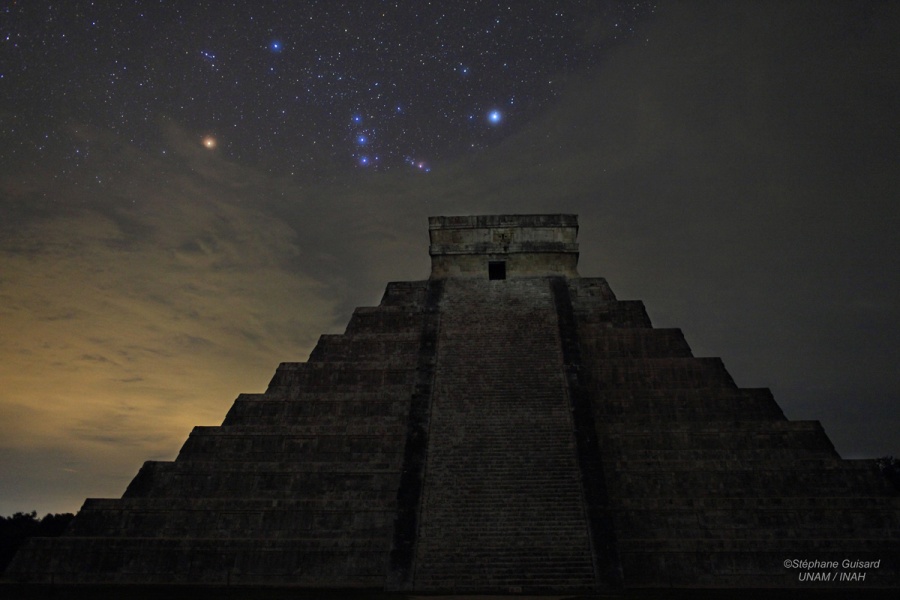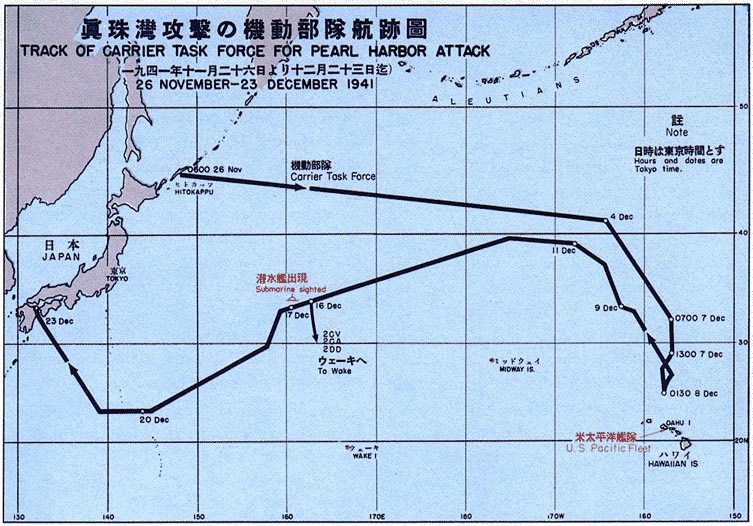"Tonight I'm gonna party like it's
baktun 12 katun 19 tun 19 uinal 17 kin 19 Haab: 2 Kankin Tzolkin: 3 Cauac"
This winter's solstice coincides with the beginning of 2 baktun
I remember once pulling into a friend's driveway to take a photo when the odometer had turned over on our car. The car was no different on the way home than it had been earlier in the drive, but we stopped to mark the occasion. Similarly, we tend to celebrate our birthdays and anniversaries more if they are "major" -- 10 is a bigger deal than 9 or 12, and 100 is a really big deal.
The mislabeled "Mayan Apocalypse" was simply a notable turnover of the "odometer" in an unfamiliar calendar system. It is a coincidence that the digits of today's date form an interesting pattern using a Gregorian calendar (what we use in the United States), just as they require an extra digit in the Mayan calendar.
The opening line above is an allusion to the song "Party Like It's 1999," which the musician Prince released in 1982. At that time, New Year's Eve of 1999 seemed like a significant "odometer moment," and also seemed to be very far in the future!
The NASA Astronomy Picture of the Day celebrates today's solstice and the flurry of attention to Mayan math and astronomy. Thanks to EarthView's administrative team member and former NASA scientist Dr. Diana Jennings for sharing this image.
Astronomy, by the way, is related in many ways to physical geography. People of all ages are welcome to learn about astronomy at the new Bridgewater State University Observatory, which offers many public viewing nights and other programs. Both the Observatory and EarthView will soon be part of the university's Center for the Advancement of Science Education, which brings together all of the university's exciting outreach programs in science.
The Doonesbury comic for December 21 is timely and a bit cute. It gives the mistaken impression that Mayans are no longer present. Although not organized into a hierarchical society as they were when the Spanish arrived, Mayans are still found throughout the Yucatan and neighboring areas of Mexico and Central America.
In fact, Pam and James Hayes-Bohanan will be teaching about historic Mayans while working with contemporary Mayans in a college-level course next year, to be taught in Belize. It is called Maya Gold: The Geography and History of Chocolate in Belize!











